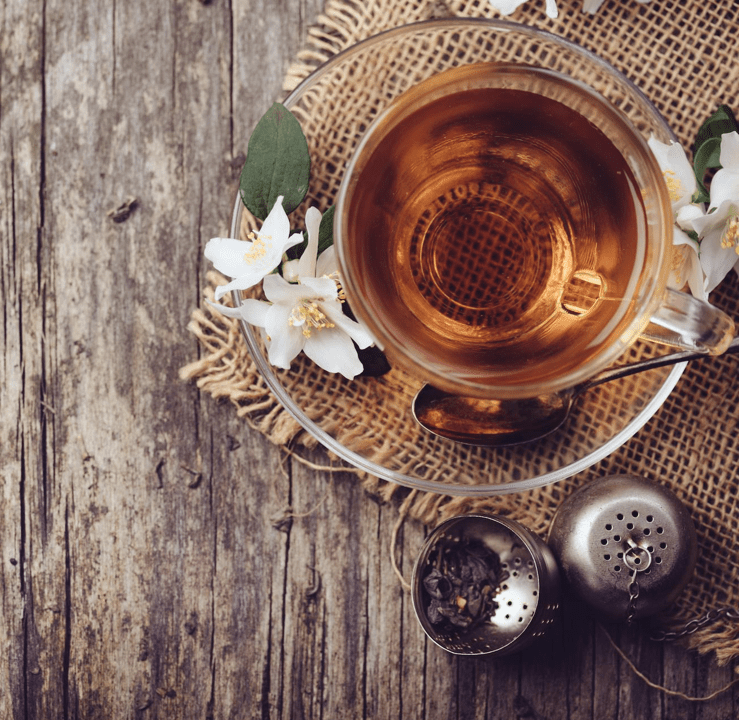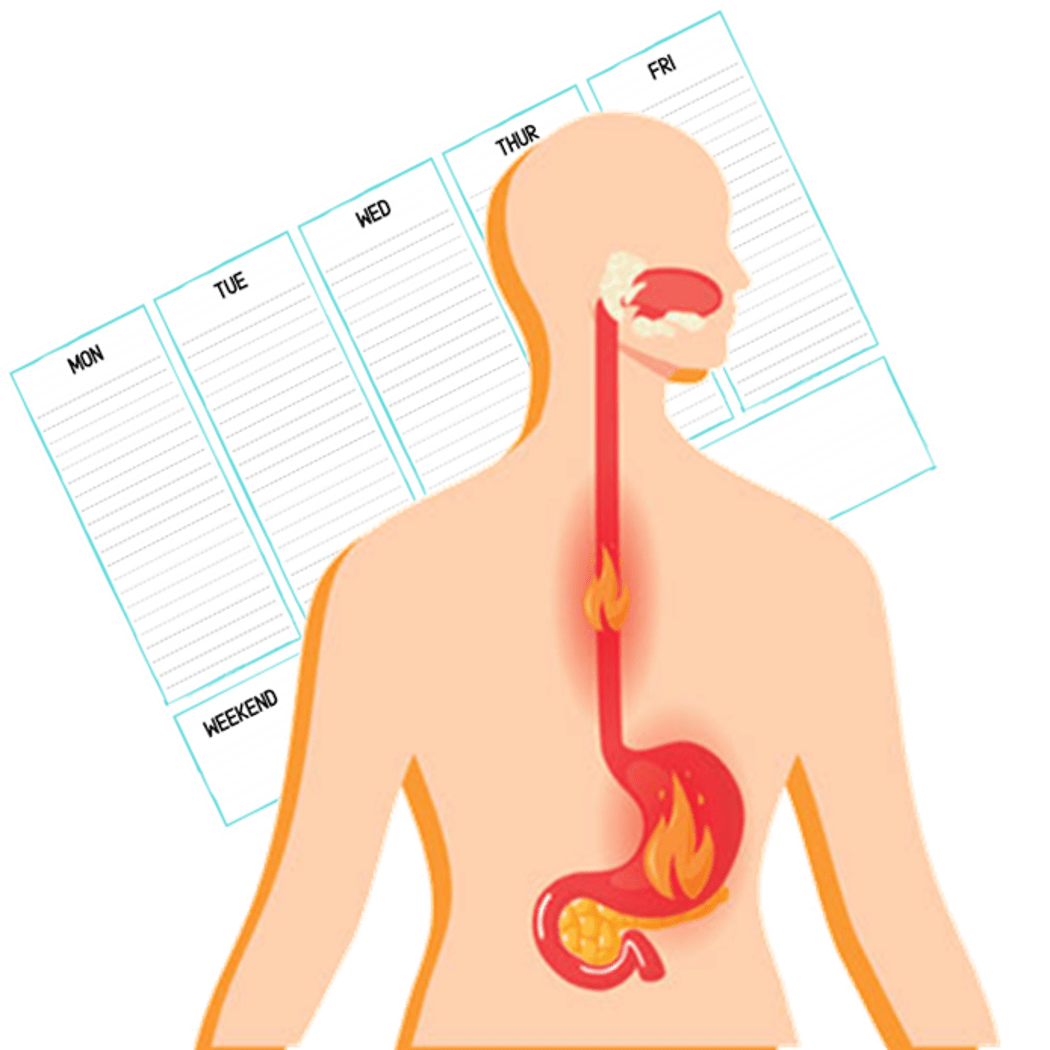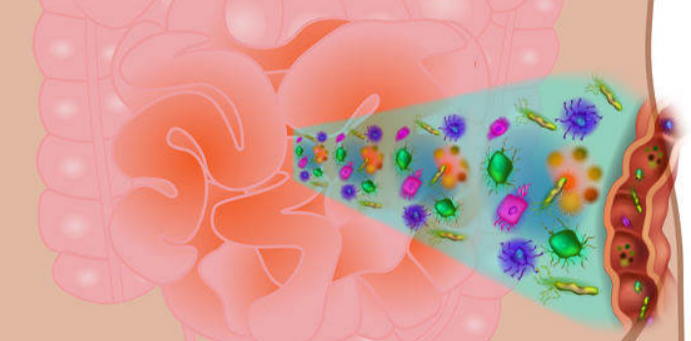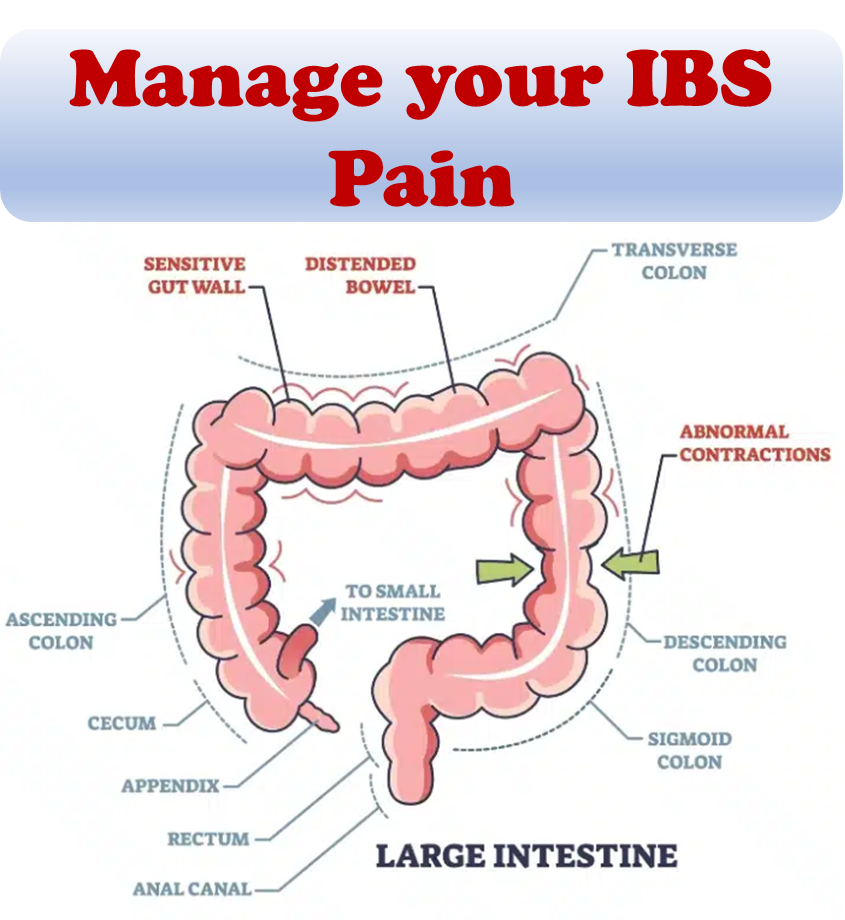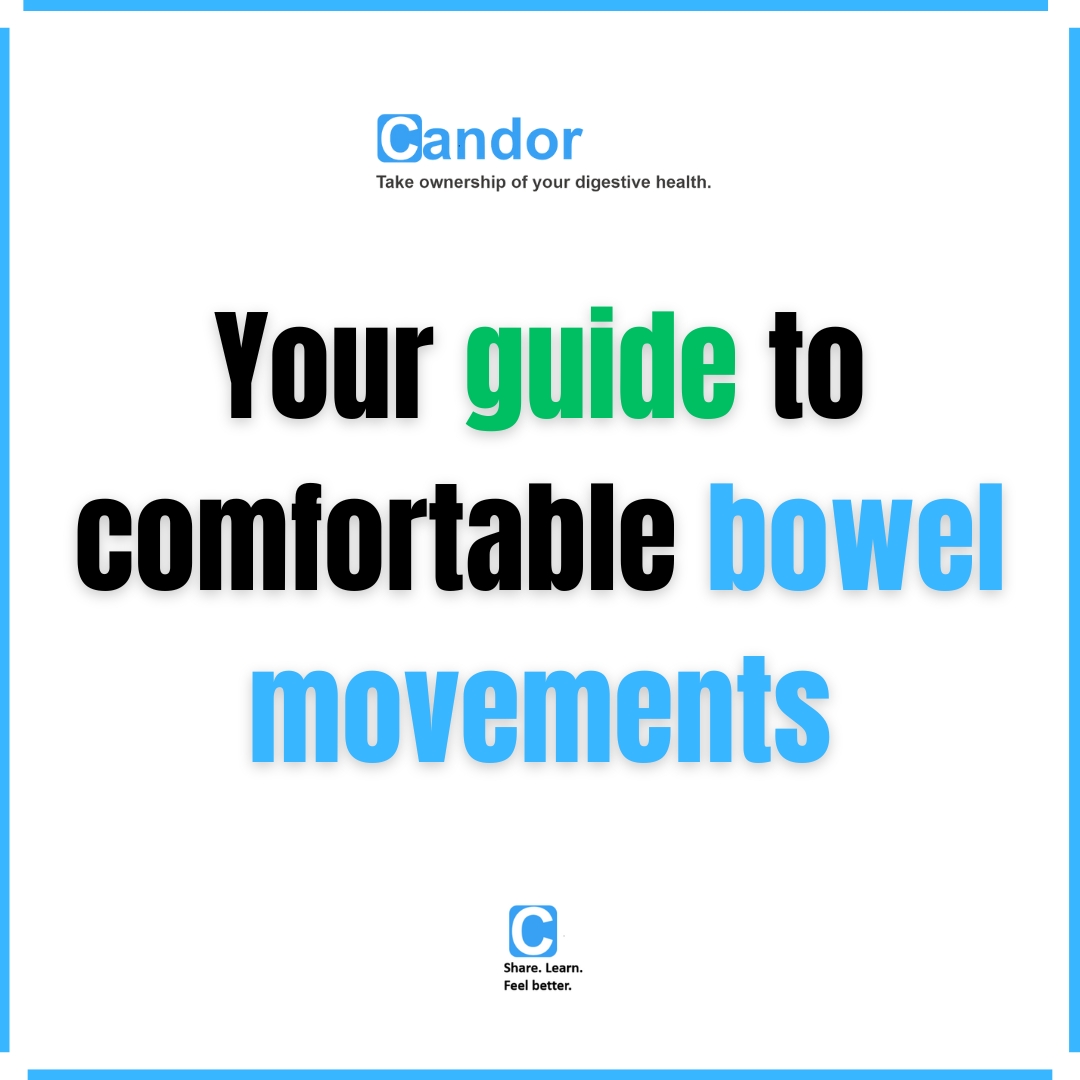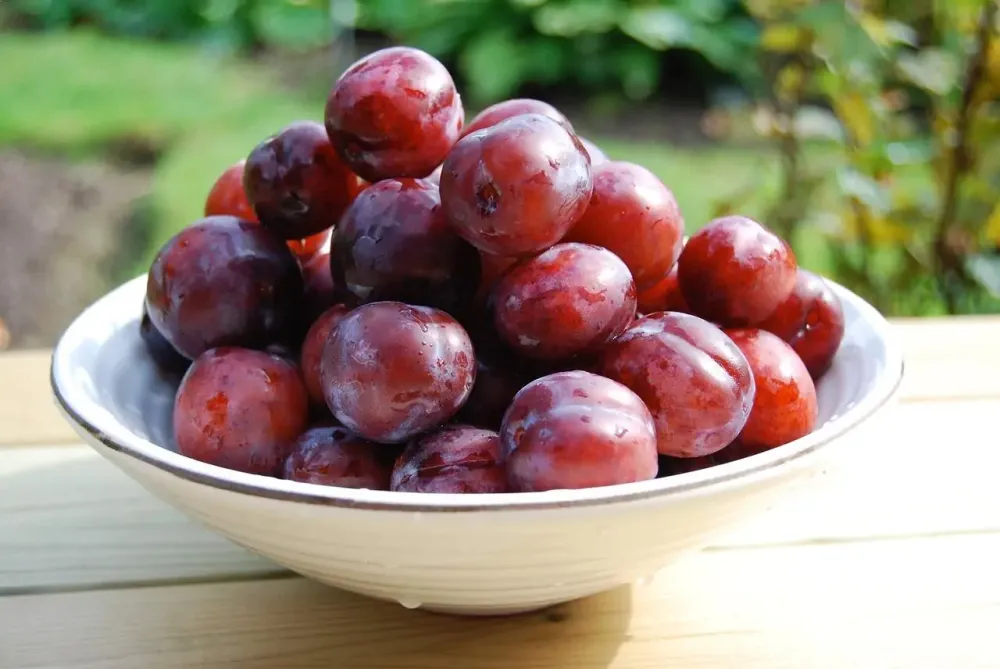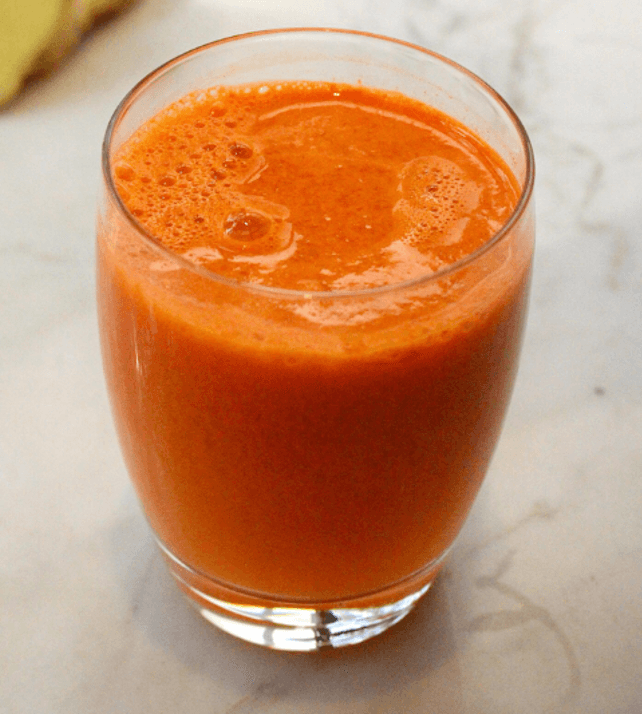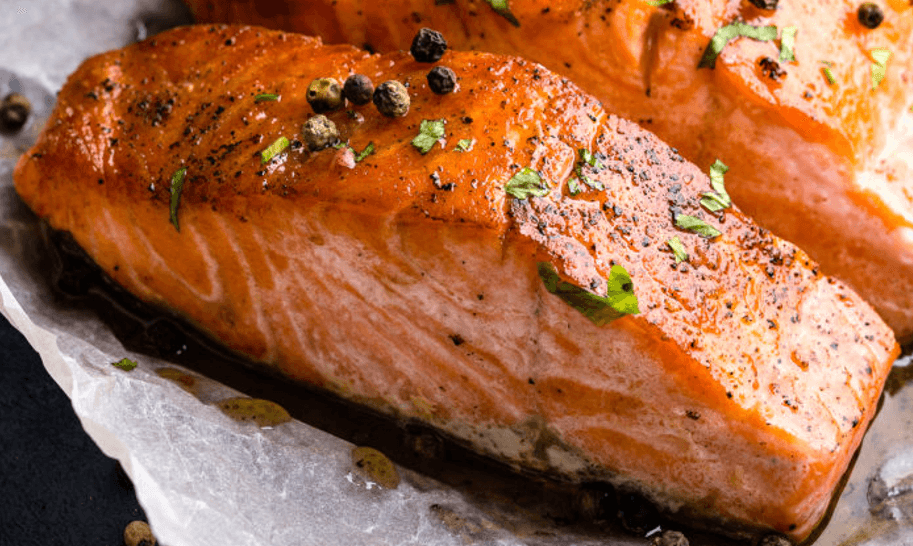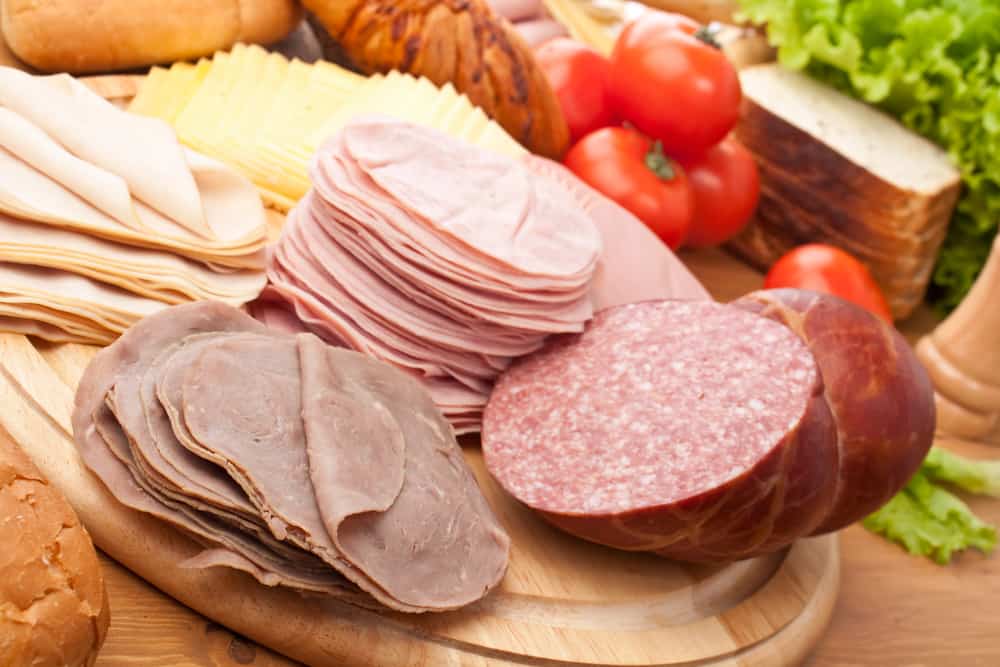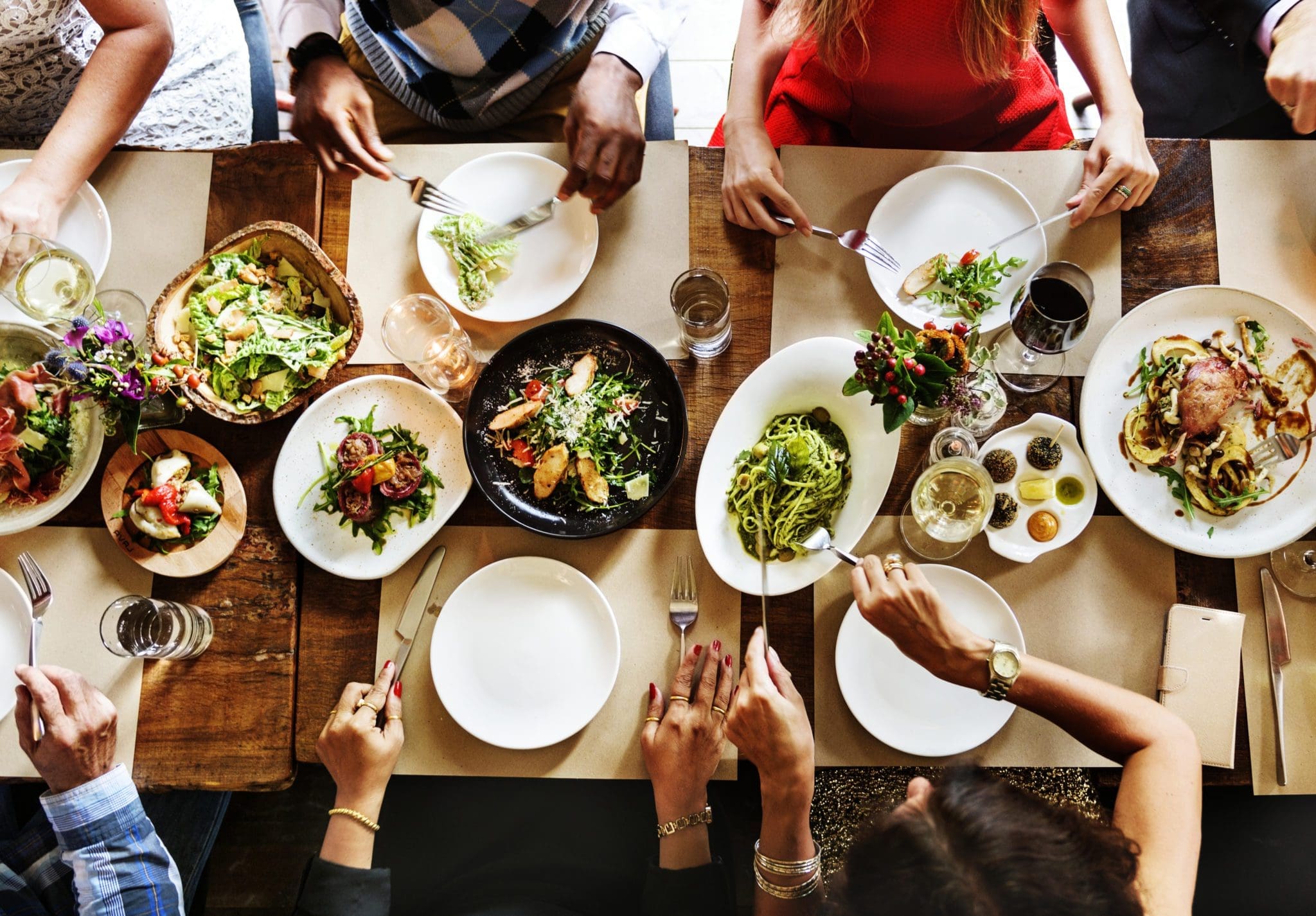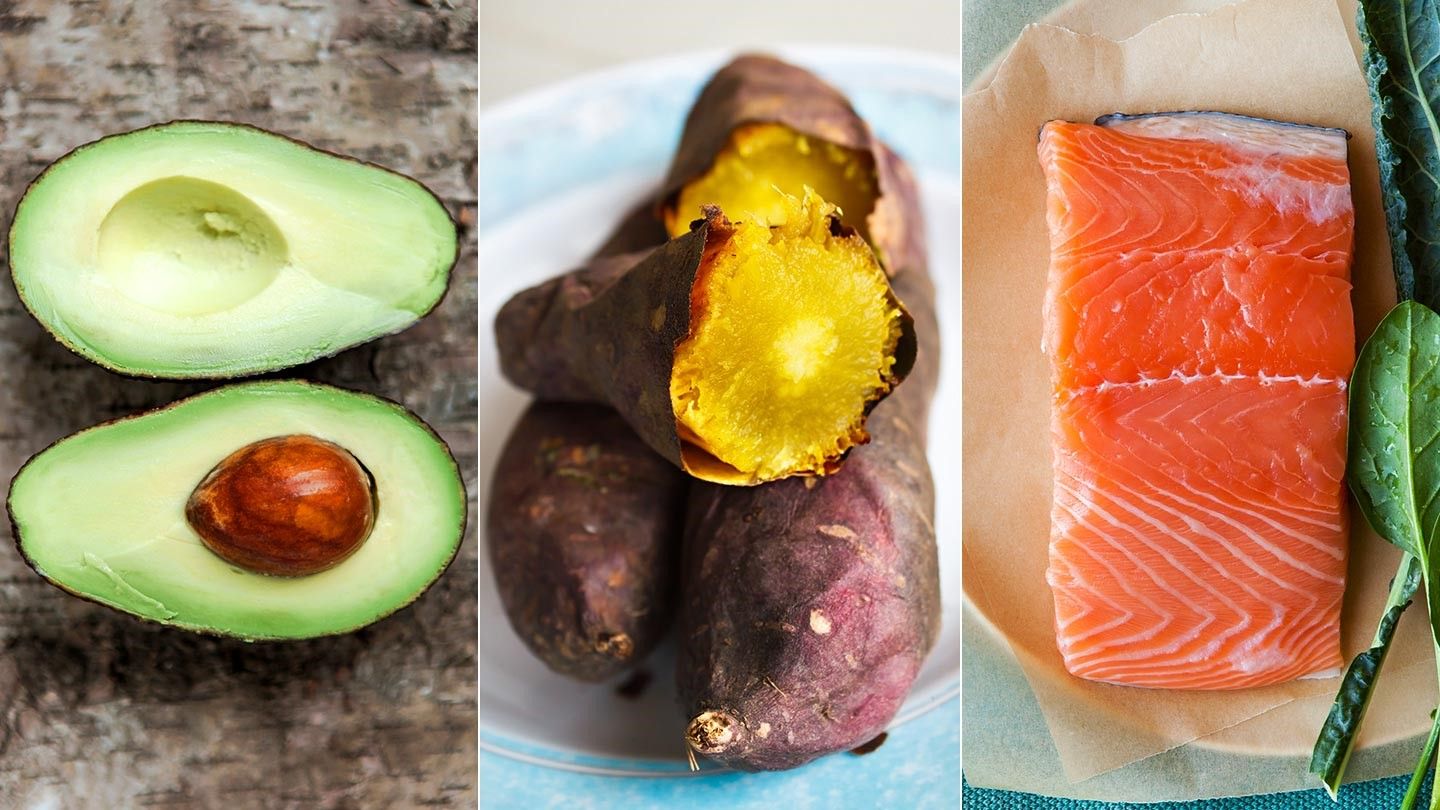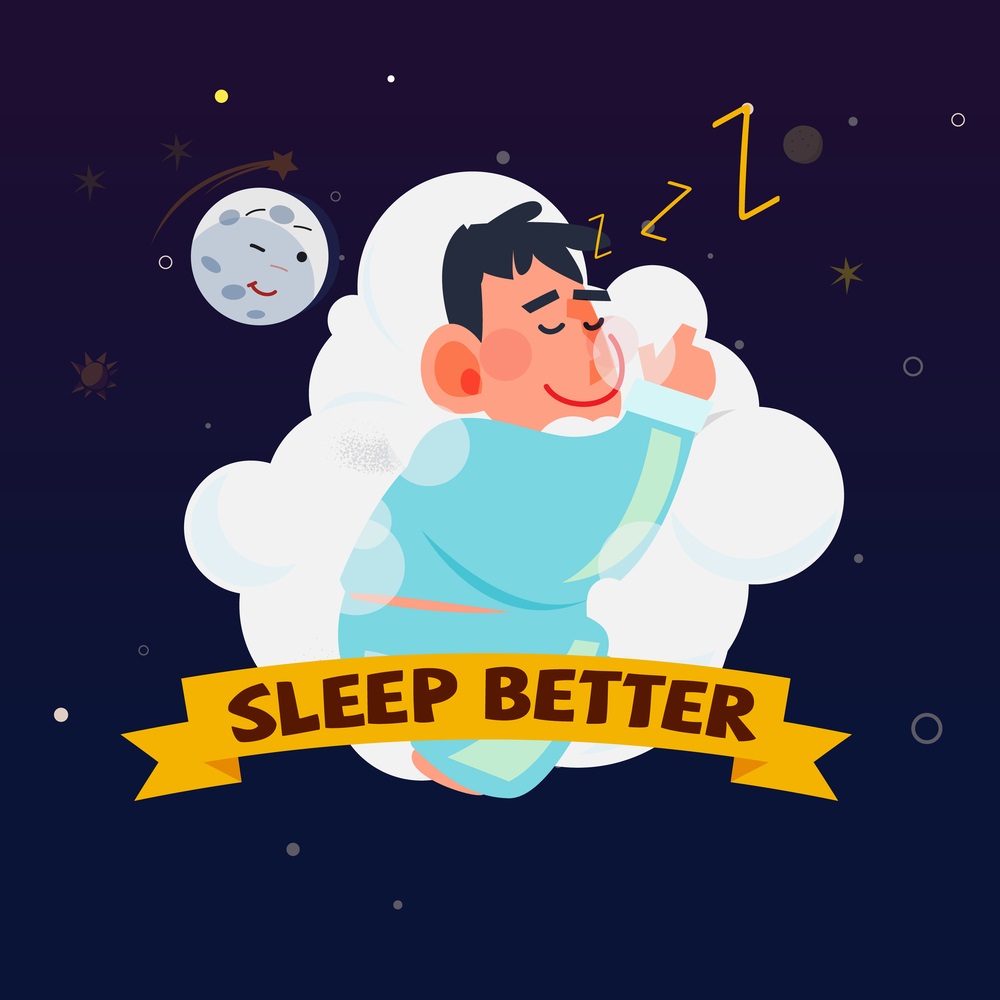
Gas and bloating in the Indian diet, though common digestive issues, can be particularly prevalent in individuals following an Indian diet. The rich tapestry of Indian cuisine is celebrated for its diverse flavors and aromatic spices, but it also brings along certain dietary habits and ingredients that can contribute to digestive discomfort. In this exploration, we’ll dissect the major causes of gas and bloating in the context of an Indian diet.
Legumes and Pulses
A staple in Indian cuisine, legumes and pulses such as lentils, chickpeas, and kidney beans are a rich source of protein and fiber. However, they also contain complex carbohydrates that can be challenging to digest. The presence of certain sugars, known as oligosaccharides, can ferment in the gut, leading to the production of gas. Soaking these legumes before cooking and introducing them gradually into the diet can help mitigate the bloating effect.
Spice Tolerance
Spices are the heart and soul of Indian cooking, but their intense flavors can sometimes come at a cost. Spices like garlic, onion, and certain varieties of chili can irritate the digestive tract, leading to gas and bloating. Individuals with sensitive stomachs may find relief by moderating their spice intake or experimenting with milder alternatives.
Dairy and Lactose Intolerance
While dairy is a significant component of the Indian diet, lactose intolerance can be a prevailing issue. Many traditional Indian dishes involve dairy products like milk, yogurt, and paneer. For those lacking the enzyme lactase needed to break down lactose, the undigested lactose can ferment in the gut, causing gas and bloating. Opting for lactose-free alternatives or incorporating probiotic-rich yogurt can be potential solutions.
Fiber Overload: Whole Grains and Vegetables
Whole grains and a plethora of vegetables are key elements of an Indian diet, providing essential nutrients and fiber. However, an abrupt increase in fiber intake can overwhelm the digestive system, leading to gas. Gradual incorporation of high-fiber foods, along with staying adequately hydrated, can assist in acclimating the digestive system to this nutrient-rich fare.
Fried Food Indulgence
Fried foods, though delicious, can contribute significantly to bloating. The excessive consumption of deep-fried snacks and dishes in the Indian diet can slow down digestion, causing discomfort. Balancing fried items with lighter, steamed, or grilled alternatives can alleviate this issue.
Artificial Additives and Preservatives
As the food landscape evolves, so does the prevalence of processed and packaged foods in the Indian diet. These often contain artificial additives and preservatives that can disrupt the natural balance of gut bacteria, triggering gas and bloating. Opting for fresh, whole foods and minimizing processed items can help mitigate this issue.
Ayurvedic Perspectives
In Ayurveda, the traditional system of medicine in India, digestive issues are often attributed to imbalances in the doshas—Vata, Pitta, and Kapha. Ayurvedic practices, such as mindful eating, choosing foods based on one’s predominant dosha, and incorporating digestive spices like cumin and fennel, can offer a holistic approach to managing gas and bloating.
Fermented Foods
Fermented foods, such as pickles, dosa, and idli, are commonly consumed in the Indian diet. While these foods offer probiotic benefits for gut health, they can also be a source of gas. The fermentation process produces gases like carbon dioxide, which can contribute to bloating. Balancing the intake of fermented foods and incorporating them gradually into the diet can allow the gut to adapt and benefit from the probiotic content.
It’s essential to recognize that what works for one person may not work for another, highlighting the importance of personalized strategies in addressing digestive issues. Adopting mindful eating practices, gradually introducing certain foods, and seeking personalized dietary advice can empower individuals to savor the richness of Indian cuisine without the discomfort of digestive woes.
FODMAPs
Certain foods in the Indian diet fall under the category of FODMAPs (Fermentable Oligosaccharides, Disaccharides, Monosaccharides, and Polyols). These include onion, garlic, wheat, and some legumes, known to cause digestive discomfort in susceptible individuals. Identifying and managing FODMAP intake may be a helpful strategy for those experiencing chronic gas and bloating.
Ayurvedic Cooking Techniques
Ayurveda emphasizes specific cooking techniques to enhance the digestibility of foods. Slow cooking, as seen in traditional Indian dishes like dal and khichdi, can break down complex compounds, making them gentler on the digestive system. Incorporating Ayurvedic principles into cooking methods can be a holistic approach to reducing digestive distress.
Regional Variations
India is a land of diverse culinary traditions, and regional variations in diet can contribute to varying experiences of gas and bloating. For example, the diet in South India heavily relies on rice and coconut, while North Indian cuisine leans towards wheat and dairy. Understanding these regional nuances can help tailor dietary recommendations for individuals based on their specific cultural context.
Home Remedies
Traditional home remedies passed down through generations often hold valuable insights into digestive health. From ginger-infused teas to ajwain (carom seeds) water, these remedies can provide relief from gas and bloating. Integrating these time-tested practices into one’s routine can offer a natural and accessible way to address digestive discomfort.
Cultural Considerations
In the Indian context, meals are often a social affair, with families and communities coming together to share food. The social aspect of eating can influence the pace of consumption and the overall experience. Slowing down, engaging in conversation, and savoring the communal aspect of meals can positively impact digestion.
Dietary Diary: Tracking Triggers
Maintaining a dietary diary can be a valuable tool for identifying specific food triggers associated with gas and bloating. Recording daily food intake, symptoms, and emotions surrounding meals can provide insights into patterns and help individuals make informed adjustments to their diet.
In conclusion, the causes of gas and bloating in the Indian diet are multifaceted, reflecting the rich tapestry of culinary traditions, individual variations, and lifestyle factors. A nuanced approach that combines dietary adjustments, mindful eating practices, and consideration of individual needs can empower individuals to enjoy the flavors of Indian cuisine without compromising digestive comfort.
References:
- Singh, R., & Rastogi, S. (2017). Dietary factors in the prevention and management of diverticular disease. Journal of Gastroenterology and Hepatology.
- Ghoshal, U. C., & Shukla, R. (2017). Ghoshal’s controversies in the management of achalasia cardia. Indian Journal of Gastroenterology.
- Agrawal, A., & Houghton, L. A. (2017). Clinical assessment of bloating. Gastroenterology Clinics.
- Kumar, A., & Mishra, G. (2017). Dyspepsia: What to test, when, and why. Indian Journal of Gastroenterology.
- Majumder, K., & Chakrabarti, S. (2016). A comparative clinical study on the efficacy of Unani formulation and triphala in the management of chronic constipation. International Journal of Green Pharmacy.
- Khanna, R., & MacDonald, J. K. (2017). Leaky gut in inflammatory bowel disease: a possible culprit, a possible remedy. Current Opinion in Gastroenterology.





